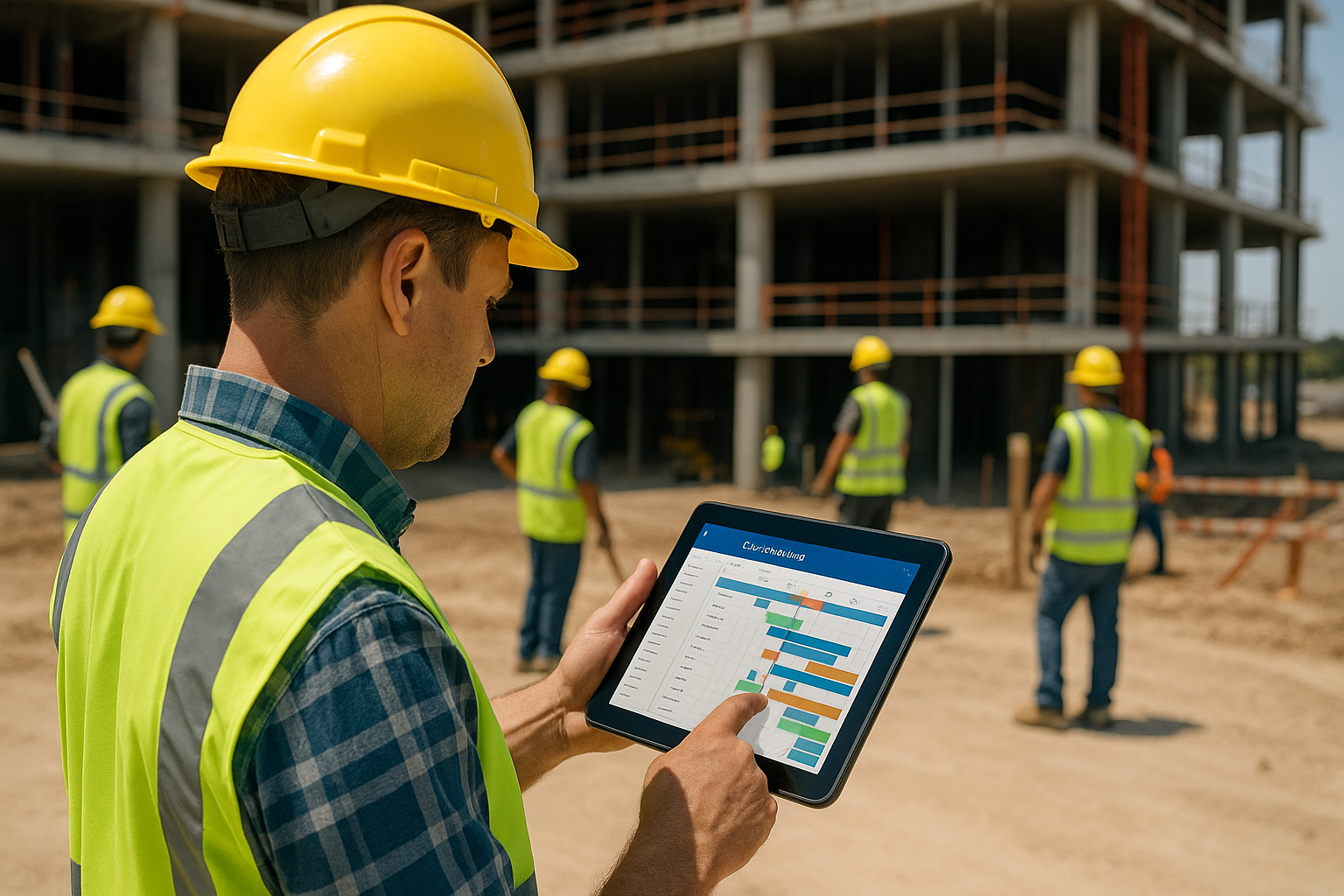How 5D BIM is Revolutionizing the Construction Industry

Building Information Modeling (BIM) is a digital representation of a facility’s physical and functional characteristics. As an integral part of the construction industry, it helps streamline the building process, reduce costs, and improve project outcomes. BIM has evolved over the years, with 3D, 4D, and 5D BIM being the most commonly used.
Understanding the Evolution of BIM: From 3D to 5D
3D BIM involves creating a digital model of the physical structure, including its shape, size, and geometry. 4D BIM incorporates time into the model, allowing construction teams to plan and visualize the construction process. 5D BIM goes a step further by incorporating cost information into the model, providing real-time information on the cost of construction and the impact of design changes on the budget.
5D BIM facilitates collaboration between architects, engineers, contractors, and owners in the construction industry. The model allows each team member to view the project from their perspective and contribute to its design and construction. By incorporating cost information into the model, 5D BIM allows construction teams to make informed decisions about the project, reducing costs and minimizing errors.
Benefits of 5D BIM Implementation in the Construction Industry
Improved Collaboration: One of the significant benefits of 5D BIM implementation is improved collaboration, enabling all stakeholders to work on a single platform and access the same information. This ensures that everyone is on the same page and any changes are immediately reflected in the model. This eliminates communication gaps and minimizes errors, ensuring that the project is completed within the specified time and budget.
Enhanced Cost Management: With 5D BIM, cost management is integrated into the construction process, enabling project managers to identify potential cost overruns early on. The software uses real-time data to provide accurate cost estimates, helping stakeholders to make informed decisions. This leads to improved cost control, better resource allocation, and reduced project costs.
Improved Project Planning: The 5D BIM model allows project managers to visualize the project timeline, which helps them to plan more efficiently. The model is updated in real time, and changes to the schedule are immediately reflected. This means that project managers can identify potential delays or issues before they occur, allowing them to take corrective action before it’s too late.
Reduced Rework: One of the significant benefits of 5D BIM is the ability to detect potential errors and conflicts before construction begins. This minimizes the need for rework, saving time and money. The software allows stakeholders to identify design clashes, spatial issues, and constructability problems early on, reducing the likelihood of costly change orders.
Improved Safety: The 5D BIM model enables stakeholders to identify potential safety hazards and mitigate them before construction begins. The software can simulate hazardous scenarios, allowing stakeholders to identify potential risks and develop strategies to mitigate them. This leads to improved safety on the job site and a reduction in accidents.
The Future of 5D BIM
The future of 5D BIM in the construction industry looks promising as technology continues to advance, and construction teams seek ways to improve efficiency and reduce costs. As 5D BIM becomes more widely adopted, we’ll see even more advanced features and functionalities added to the technology, such as enhanced simulation capabilities, improved data analytics, and more seamless integration with other construction software tools.
We may also see increased use of 5D BIM in areas like facility management and maintenance, where the technology can be used to optimize building performance and reduce ongoing costs. Ultimately, 5D BIM has the potential to revolutionize the way we design, build, and manage buildings and infrastructure, and we can expect to see continued innovation in this space in the years to come.
*Brought to you by Plexxis Software: Offering software solutions for the construction industry that integrates cloud, mobile and on-premise software to improve and enhance team performance.



